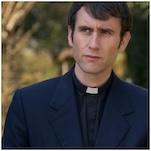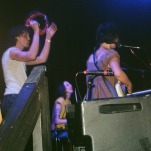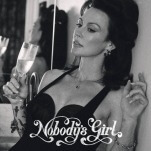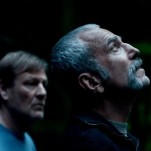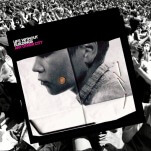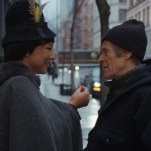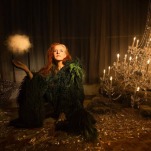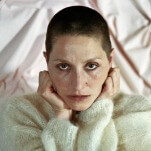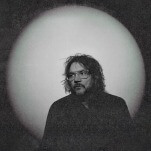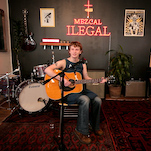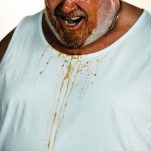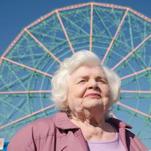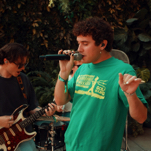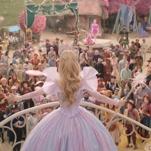Europe’s Most Delicious Christmas Markets
Photos: Anders Bøgild and Claire Gallam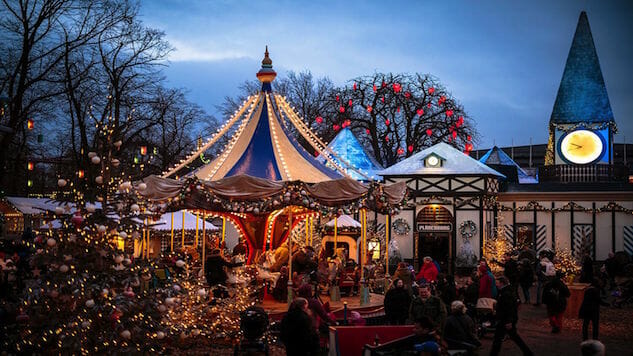
Few places in the world have the allure of Europe during Christmastime. Lacking the crowds of summer and decorated with glistening lights, holiday carolers and the smell of mulled wine wafting through the air – it’s so Charles Dickinson it almost feels cliché. Most of the beauty of Europe this time of year doesn’t just lie with the town’s decorations, it’s the bustling and renown Christmas markets, which don the streets of Europe’s largest cities (like Vienna) and even the lesser known towns (like Bologna, Italy or Rothenberg ob der Tauber, Germany). Beyond the lights, the shopping and the overall merriment, the most alluring part of any of these markets is the food and drink – which varies entirely by culture to culture and country to country. From Budapest’s mouthwatering food stalls serving stuffed cabbage and fall-off-the-bone pork neck to Dresden, German’s diverse and abundant collection of divine sausages, soft-baked strudels and stollen cake, you’ll quickly see that the charm of these markets doesn’t lie in the presents, but the dishes.
Bologna, Italy
Italy probably doesn’t come to mind when you think traditional Christmas markets, and that’s because most people flock to the medieval streets of Germany, Austria, England and the Czech Republic. However, the country – especially the northern city of Bologna – boasts one of Europe’s most delicious holiday markets. Bologna has long been regarded as one of Italy’s most gastronomic cities and the city’s flair for all things pasta, cheese and Bolognese sauce comes alive during Christmastime. Sitting right in front of the 12th century San Pietro Cathedral and the large piazza is the primary market, Fiera di Natale (open November 20 – December 26). While you’re strolling, be sure to pick up a few bags of torrone, a Bolognese holiday sweet that’s made from festival nougat, almonds and honey. You’ll also find stalls selling house made cheeses (like buffalo mozzarella and burrata), horse meat sausages (which is tastier than it sounds) and bowls of fresh made tortellini and Bolognese sauce. You’ll also find Italy’s version of mulled wine (which is similar to Germany), crispy flatbread pizzas topped with slow cooked ragu or some sweeter chocolate tortellini filled with ricotta cream. For souvenirs, you’ll find a cute collection of small figurines for a nativity scene and plenty of wooden bowls, spoons and other trinkets.
Budapest: 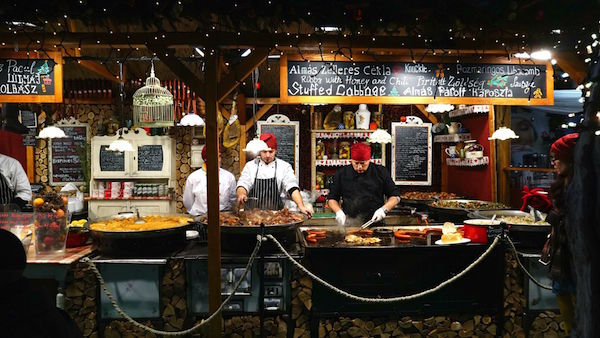 Photo: Claire Gallam
Photo: Claire Gallam
Decorated like Hungarian village cottages, market food stalls that make up the bulk of the Vörösmarty tér Christmas market (open November 10 – January 1) in Budapest serve some of the city’s best (and most authentic) dishes. Kicking off in mid-November and located in the center of the Pest district right near the famed Fashion Street, the market is home to over 150 brightly lit, evergreen decorated market stalls selling everything from hand-blown glass necklaces to soft blanket scarves. The food area sits in the center of the market, adjacent to the large well-lit Christmas tree. The selection of dishes is almost dizzying, with vendors selling plump grilled sausages topped with spicy mustard and paprika; mulled wine spiced with fresh fruit; puff pastry chimney cakes that are cooked on an open spit and rolled with chocolate or cinnamon sugar and the largest (and crispiest) potato pancakes you can find. For something truly Hungarian, opt for a warm duck or beef filled cabbage roll doused in a fresh tomato sauce or a succulent tray of melt-in-your-mouth pork knuckle served with caramelized onions and peppers. There’s even homemade pizzas (called toki pompos) cooked in wood-fire grills and flódni, the traditional Jewish-Hungarian plum and poppy seed cake. Flanking the charming market stalls is another can’t miss café – the Varosliget café – which serves some of Hungary’s best iced wines and overlooks the ice rink.
Copenhagen: Copenhagen oozes Christmas charm, especially in their famed Tivoli Gardens (open November 19 – December 31). The expansive 80,000 square meter playground-meets amusement park-meets gardens turns into a holiday masterpiece with more than four miles of light displays artistically hung, a special Christmas market (serving up Yuletide inspired grub), Russian and Nordic inspired stalls and a large ice rink that’s often filled to the brim with bundled up children and adults sipping mulled wine as they twirl. The food isn’t typical theme park cuisine either – thanks to Copenhagen’s reputation as one of the best gastronomic cities in the world. You’ll find the normal Christmas eats, like spiced roasted nuts, along with some more creative dishes, like Danish inspired tapas or soft and buttery churros made Spanish style from Lune Spanskror. In addition to Tivoli, Copenhagen also has a market on famed Nyhavn Harbor (open November 11 – December 23). The pastel-painted harbor houses and shops are transformed into a fairy tale-esque Christmas market, filled with stalls selling traditional Danish specialties, like risalamande – a vanilla flavored rice pudding or roast pork open sandwiches with crackling. For a market fit for a gourmand, head to the market that sits in the center of Copenhagen’s foodie district, or Kødbyen (the Meatpacking District, open December 10 – 11). Here you’ll find some of the best street food served up holiday still, like churros, glogg, rich and creamy hot chocolate, Flæskesteg sandwiches (soft buns topped with roasted pork, red cabbage, mayonnaise, orange and pickled cucumber) and even spicy Indian curries served with freshly caught Denmark seafood.
-

-

-

-

-

-

-

-

-

-

-

-

-

-

-

-

-

-

-

-

-

-

-

-

-

-

-

-

-

-

-

-

-

-

-

-

-

-

-

-

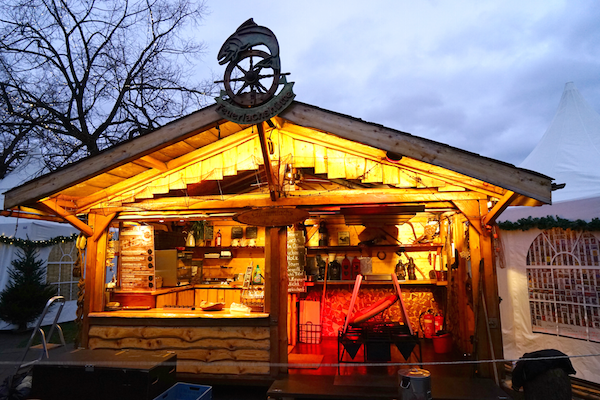 Photo: Claire Gallam
Photo: Claire Gallam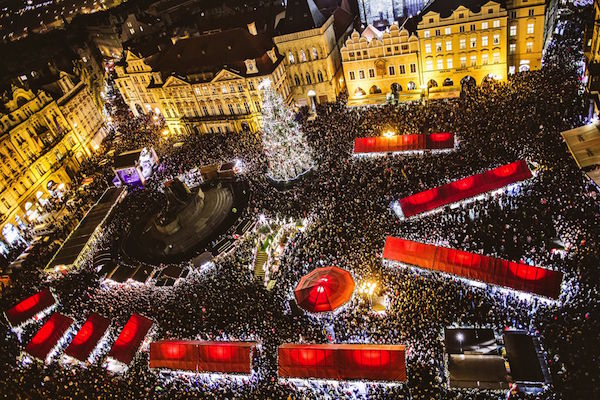 Photo courtesy of Prague Tourism Board
Photo courtesy of Prague Tourism Board Photo: Claire Gallam
Photo: Claire Gallam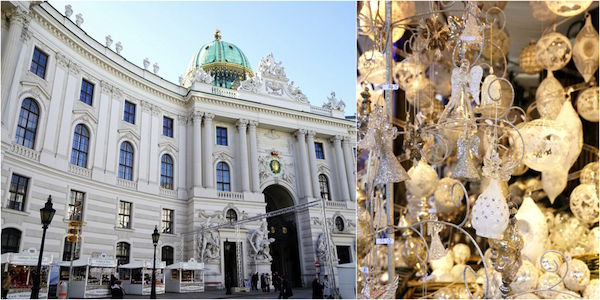 Photo: Claire Gallam
Photo: Claire Gallam


